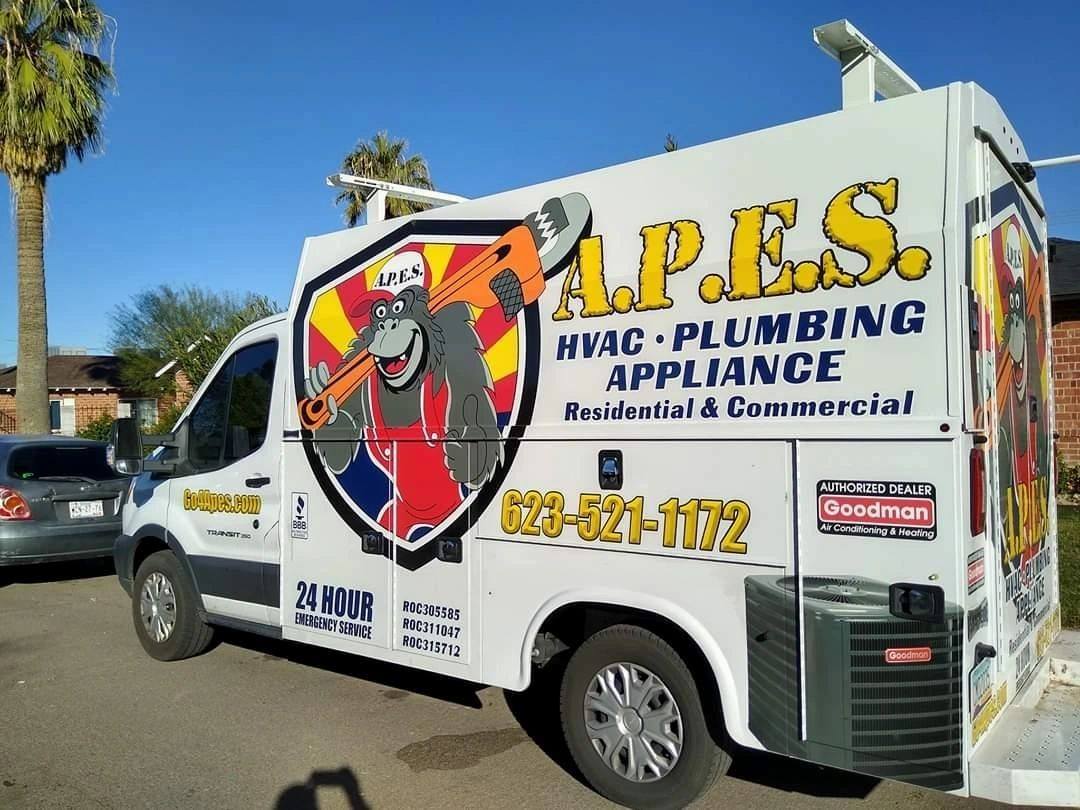The gentle pitter-patter of rain on your roof can be soothing, but the sound of water where it doesn’t belong? That’s a homeowner’s nightmare. Water leaks, often silent and insidious, can wreak havoc on your home’s structure and wallet if left unchecked. The damage can be extensive and expensive, from warped floorboards to mold infestations. This guide will walk you through practical steps to detect water leaks, empowering you to protect your sanctuary from the sneaky threat of unwanted moisture.
Why Should You Detect Water Leaks Early?
The importance of learning to detect water leaks early cannot be overstated. Here’s why it’s crucial to stay vigilant:
- Structural Integrity: Over time, undetected leaks can compromise your home’s foundation, walls, and support beams. When visible damage appears, the underlying issues may already be severe.
- Health Hazards: Moisture creates the perfect breeding ground for mold and mildew. These fungi damage homes and can trigger allergies and respiratory issues.
- Financial Savings: The sooner you detect water leaks, the less damage they can cause. Minor repairs are far less costly than major renovations or structural overhauls. Moreover, undetected leaks can lead to sky-high water bills.
- Insurance Considerations: Many insurance policies have clauses related to water damage. Detecting and addressing leaks can help ensure you’re covered if more significant issues arise.
- Peace of Mind: Knowing how to detect water leaks empowers you as a homeowner. It provides confidence in protecting your investment and maintaining a safe, comfortable living space.
Common Signs of a Water Leak
Before we dive into the detection methods, let’s consider signs that might indicate a water leak in your home:
- Unexplained increase in water bills: A sudden spike in your water bill without a change in usage patterns is often the first sign of a hidden leak.
- Damp or discolored walls or ceilings: Water stains, bubbling paint, or warped walls can signify a leak within the structure.
- Musty odors: Persistent musty smells, especially in bathrooms, kitchens, or basements, often indicate hidden moisture.
- Mold growth: Unexplained mold, especially in typically dry areas, can indicate excess moisture from a leak.
- Warm spots on the floor: For homes with radiant floor heating or underground hot water pipes, warm spots could indicate a hot water leak.
- Cracks in the foundation: While not all foundation cracks are due to water, those caused by leaks often have water seepage or dampness around them.
- Unusually lush vegetation: Extremely green patches of grass or thriving plants in otherwise dry areas might indicate an underground water leak feeding them.
- Low water pressure: A significant leak can cause a drop in water pressure throughout your home.
- Water meter movement when no water is in use: If your water meter runs when all water sources are off, it’s a clear sign of a leak.
- Damp or soggy areas in the yard: Unexplained wet spots in your lawn, especially during dry weather, could indicate an underground pipe leak.
- Sounds in pipes: Dripping, whistling, or banging in your pipes when water isn’t being used can indicate leaks or other plumbing issues.
If you notice any of these indicators, it’s time to investigate further using the methods outlined in the following sections.

Practical Steps to Detect Water Leaks for Homeowners
-
Master Your Water Meter
Your water meter is your first line of defense in detecting leaks. Here’s how to use it effectively:
- Learn to read your meter: Most meters show usage in cubic feet (1 cubic foot = 7.48 gallons) or directly in gallons.
- Conduct a leak test:
- Turn off all water in your home, including ice makers and irrigation systems.
- Record the meter reading.
- Wait 2 hours without using any water.
- Check the meter again. If it’s changed, you likely have a leak.
Pro tip: Many meters have a small triangle or dial that spins with water flow. If it’s moving when all the water is off, that’s a clear sign of a leak.
-
Become a Home Detective
Regularly inspect these common trouble spots:
- Under sinks: Look for puddles, water stains, or a musty odor.
- Around toilets: Feel the floor for dampness. A wobbly toilet might indicate a failed wax ring.
- Bathtub and shower enclosures: Check for loose tiles or cracked grout.
- Ceilings: Look for water stains, especially under bathrooms or around chimneys.
- Walls: Watch for peeling paint, bubbling wallpaper, or a change in texture.
- Floors: Note any warping, soft spots, or unexplained damp areas.
-
Don’t Forget the Hidden Spaces
- Basement or crawl space: Use a flashlight to check for dampness, mold, or musty smells.
- Attic: Look for wet insulation or water stains on the underside of the roof.
- Behind appliances: Pull out your washing machine, dishwasher, and refrigerator to check for leaks.
-
Outdoor Inspection
- Exterior faucets: Turn them on and off, checking for drips.
- Irrigation system: Run each zone, looking for unusually wet areas or geysers from broken heads.
- Foundation: Walk the perimeter of your home. Damp soil or greener grass in one area could indicate an underground leak.
-
The Toilet Tank Test
This simple test can catch silent leaks:
- Remove the tank lid.
- Add a few drops of food coloring to the tank water.
- Wait 15 minutes without flushing.
- If color appears in the bowl, you have a leak.
-
Listen Closely
Sometimes, you can hear what you can’t see:
- When your home is quiet late at night, listen for the sound of running water.
- Pay attention to toilet tanks that randomly refill or pipes that make noise.
-
Monitor Your Water Bill
- Keep track of your monthly usage. A sudden increase could indicate a leak.
- Compare your winter and summer usage. If winter usage (when you’re not watering outdoors) is more than 12,000 gallons per month for a family of four, you might have leaks.
-
Use Your Nose
Musty or damp odors can indicate hidden leaks. Follow your nose to investigate further.
-
Simple Tech Solutions
While not necessary, these can provide extra peace of mind:
- Water leak detectors: Place these inexpensive sensors near water heaters, washing machines, or under sinks. They’ll alert you if they detect moisture.
- Smart water monitors: These attach to your main water line and can alert you to unusual usage patterns via smartphone apps.
Remember, the key to detecting water leaks is regular vigilance. Make it a habit to perform these checks every few months.
Seasonal Water Leaks Inspection Tips
Different seasons can bring unique challenges that increase the risk of water leaks:
- Winter: After freezing temperatures, check your pipes for cracks or damage. Frozen pipes can burst, leading to severe leaks once they thaw.
- Spring: As snow and ice melt, inspect your roof, gutters, and foundation for any water seepage or damage. This is also an excellent time to check for leaks that may have developed during the winter.
- Summer: With increased water usage, particularly outdoors, monitor your irrigation systems and outdoor faucets for leaks. Check your home’s water meter for any unusual activity.
- Fall: Prepare your home for winter by insulating exposed pipes, draining outdoor hoses, and cleaning gutters to prevent clogs that can lead to water damage during rainstorms.

Preventative Measures to Reduce Water Leaks
Preventing leaks before they happen can save you time, money, and stress. Here are some tips to keep your home leak-free:
- Insulate Pipes: In colder climates, insulating pipes can prevent them from freezing and bursting during winter.
- Maintain Proper Water Pressure: High water pressure can strain your plumbing, increasing the risk of leaks. Consider installing a pressure regulator to keep it in check.
- Regular Plumbing Maintenance: Schedule regular inspections of your plumbing system to identify and address any signs of wear and tear. Replace old or corroded pipes and fittings before they cause issues.
- Replace Aging Appliances: If your washing machine, dishwasher, or water heater is old, consider replacing it before it leaks. Modern appliances are often more efficient and less prone to leaks.
- Install Water Softeners: Hard water can cause mineral buildup in your pipes, leading to blockages and leaks. A water softener can help prevent this.
When to Consult an Expert
While many leaks can be detected and addressed with a bit of DIY effort, some situations require the expertise of a professional. Here’s when it’s time to call in the experts:
- Persistent Leaks: If you’ve tried locating a leak but can’t find the source, or if the leak persists after attempts to fix it, a professional can accurately diagnose and repair the issue.
- Complex Plumbing Issues: Some leaks, especially those in hard-to-reach areas like under your home’s foundation or within walls, require specialized tools and knowledge. An expert HVAC and plumbing professional can resolve these complex problems safely and effectively.
- Significant Water Damage: If a leak has already caused considerable damage to your home’s structure, it’s critical to have a professional assess the extent of the damage and recommend the best course of action.
- High Water Bills Despite No Visible Leak: A professional can conduct a thorough inspection to identify hidden issues if your water bill remains unusually high despite not seeing any visible leaks.
- Plumbing System Overhaul: If your home’s plumbing system is aging, it might be time for an upgrade. Consulting with an expert can help you plan and execute the replacement of old pipes and fixtures, preventing future leaks.
If you’re in Phoenix, AZ, A.P.E.S. can assist with leak detection and repair. Don’t hesitate to reach out if you suspect a leak or need professional advice—quick action can save you from costly damage.

